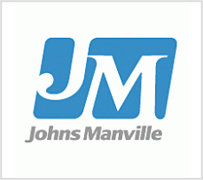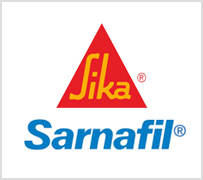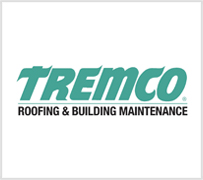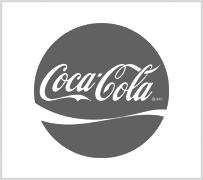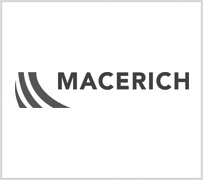
Single-ply roofing is one of the most common options when it comes to commercial and industrial properties. Naturally, property managers are tasked with an earnest desire to keep their roofs in good working order. Here are some great tips to help make that happen!
Initial Considerations
Even before the architect gets to drawing up the roof plans, there are some factors you should consider.
- Site characteristics – location, location on the site, weather conditions, easy access for delivery of materials, availability of materials, qualified roofers in the area.
- Building characteristics – what will it be used for, height of the building, floor plate.
- Roof characteristics – access points, drainage, slope of deck, equipment load on the roof.
- Laws and ordinances – look into the local building and fire codes, zoning laws, local ordinances that may affect working hours.
- Green roofing – last but not least, consider whether a sustainable, environmentally friendly roof would be appropriate for your project.
Design Considerations
A good roof starts with a good design, so make sure you have a professional draw up the plans for you. Here are some factors to consider.
- Choose the correct color membrane – use lighter colored membrane when cooling days exceed heating days.
- Choose a wide membrane when spanning wide spaces.
- Pick the insulation or direct membrane attachment method most suited to the deck type. Mechanical attachment — screws and plates — are better for wood, lightweight concrete, cementitious wood fiber, gypsum, and steel decks. Adhesives can also be used on these types of decking, but it is best put on a concrete deck.
- Choose a system that best fits the building’s use. For example, choose a system that won’t degrade or deteriorate from the greasy residues put out by a restaurant. For a school, perhaps a roofing system that resists punctures would be a good choice.
- Make sure the roof termination is appropriate to the climate. For instance, salt water will corrode metal, so select corrosion resistant materials.
- Be sure that your roofing choice is supported by the proper hard substrate, especially where hail and high foot traffic prone area. Softer substrates allow more damage.
Installation Considerations
However, the best roof design in the world won’t keep out the weather without proper installation. Here are some things you should watch for during the installation phase.
- Metal terminations should be properly fastened with materials appropriate to the substrate and to provide sufficient wind resistance.
- Do not butt termination bars or cross expansion joins with a solid bar.
- Welds (welded seams) should meet minimum width requirements.
- Clean the edges of the membrane before welding or adhering.
- Ensure there are no gaps between insulation boards.
- Put patches at the ends of runs where seams create a T overlap.
- Check the seams several times each day during installation to be sure they are tight.
- Ensure that the proper amount of adhesive or mechanical attachment is being used.
- Ensure that all access points have a walk pad installed so minimize wear.
Maintenance Considerations
The key to the longevity of single-ply roofing is consistent maintenance. You’ll need to examine the roof periodically – at least twice per year and more frequently if you’ve had severe storms. Watch for the following things.
- Check to see that the seams are intact.
- Make sure there are no loose terminations.
- The membrane and flashing should have no punctures.
- Look for fasteners that might be poking up through the membrane.
If you note damage, it should be repaired as soon as possible, preferably by the same team that installed the roofing system. If you must use someone else, make sure the company uses comparable materials and don’t mix membranes… i.e., TPO should be used to repair TPO. In addition, insist that the team use walk pads to repair and maintain the roof … by doing so, you’ll help avoid any additional damage.


